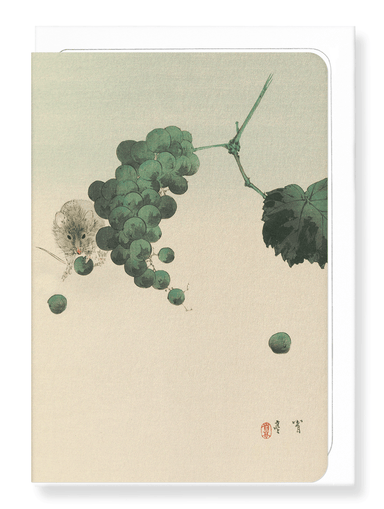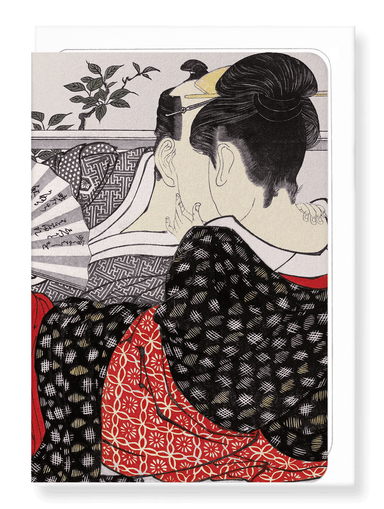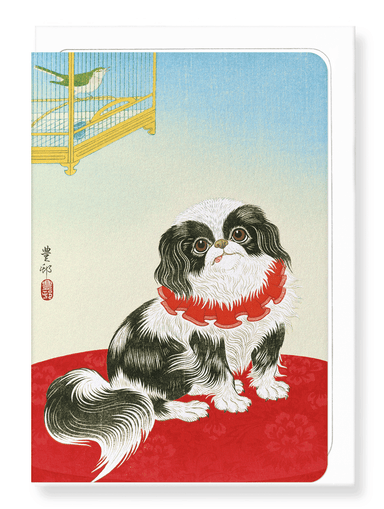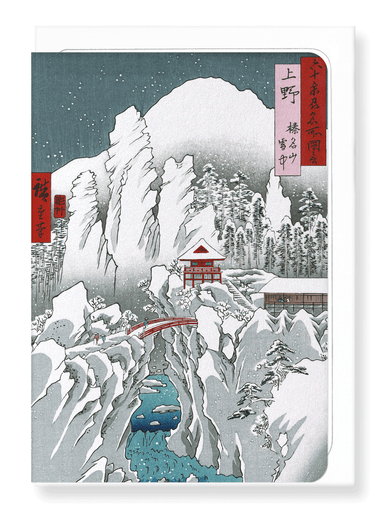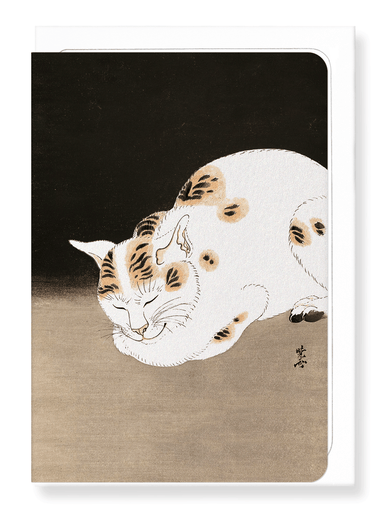Greeting card
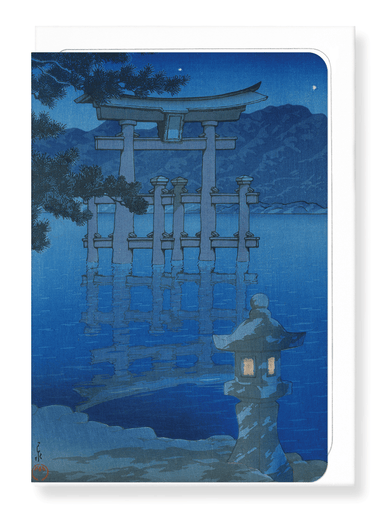
STARRY NIGHT OF MIYAJIMA
Text on the reverse side:A torii structure depicted is a traditional Japanese gate most commonly found at the entrance of or within a Shinto shrine...
View full details












